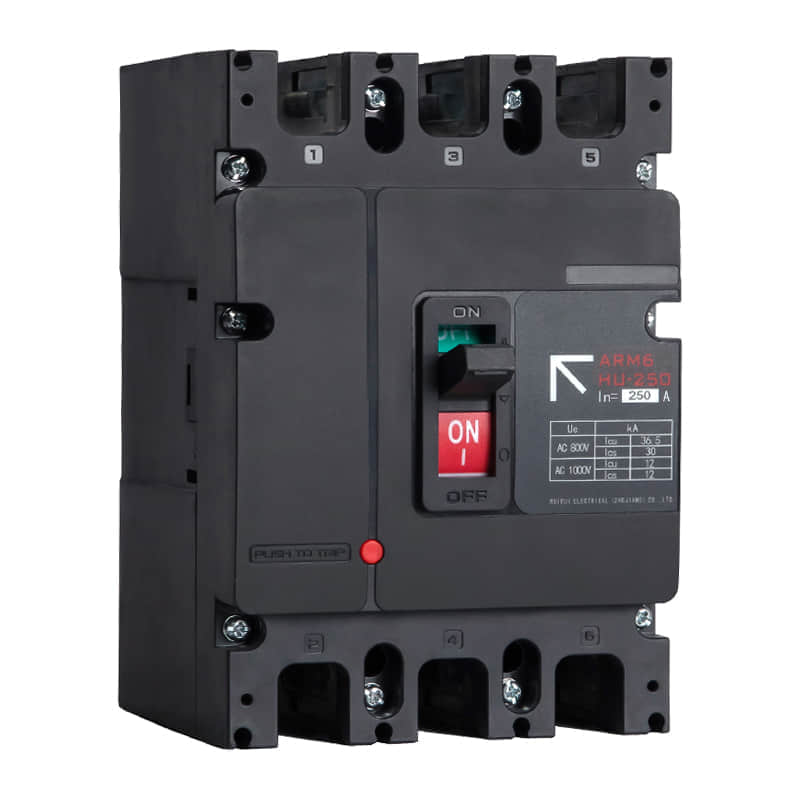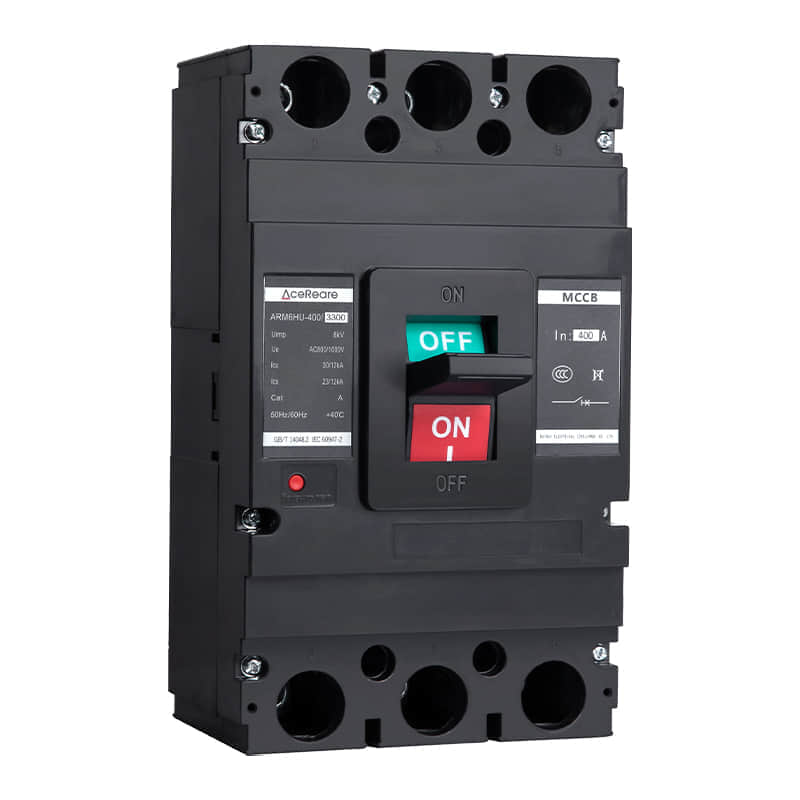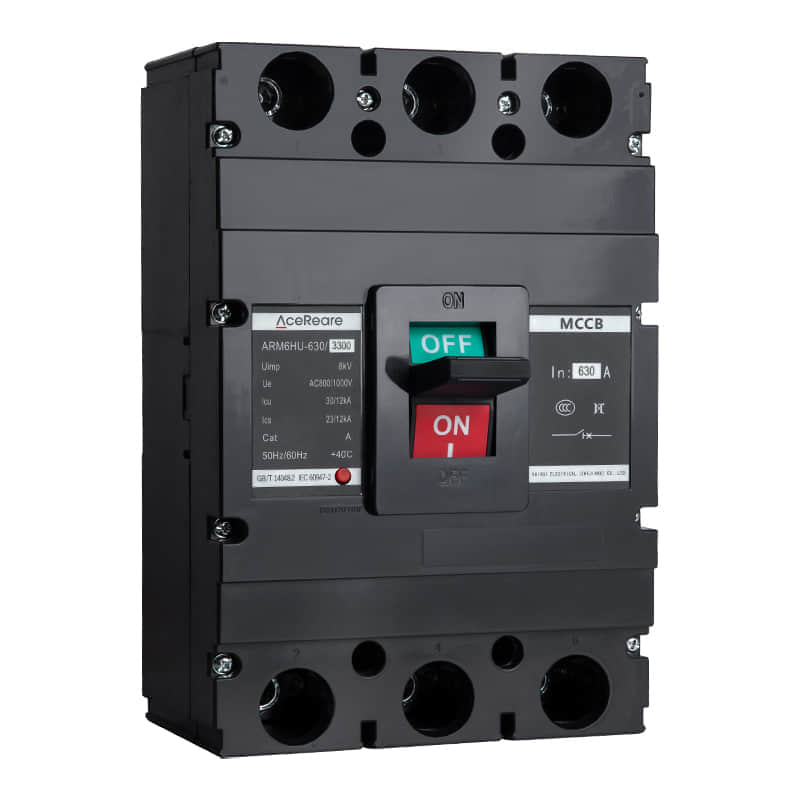In the world of electrical engineering, the significance of efficient power distribution and control cannot be overstated. One crucial component that plays a vital role in this arena is the molded case switch. This article delves into the realm of molded case switches, examining their design, applications, and benefits.

Design and Construction

Molded case switches, often abbreviated as MCCBs (Molded Case Circuit Breakers), are robust, electromechanical devices designed to protect electrical circuits from overloads and short circuits. They consist of a sturdy molded case housing, made from non-conductive materials, that encloses the switching mechanism and other internal components. The core of the molded case switch is its switching mechanism. It comprises movable contacts that can open or close an electrical circuit. When the switch is in the closed position, electrical current flows through it, allowing the circuit to function. Conversely, when an overload or short circuit occurs, the switch rapidly opens, interrupting the current flow and preventing potential damage to the circuit. Applications Molded case switches find application in a wide range of industries and settings due to their adaptability and reliability. Some common sectors where MCCBs are indispensable include: Industrial Sector: MCCBs are widely used in manufacturing plants, warehouses, and industrial facilities to protect machinery and equipment from electrical faults. Their ability to handle high currents and their dependable performance make them ideal for safeguarding critical operations. Commercial Buildings: In commercial establishments such as office buildings, shopping malls, and hotels, molded case switches are employed to manage power distribution and ensure the safety of occupants. They are especially useful in managing power to different areas and handling sudden electrical surges. Renewable Energy: The energy sector benefits from MCCBs in solar and wind power installations. These switches aid in managing the flow of electricity from these variable sources, protecting the grid and the connected systems. Residential Applications: Even in homes, MCCBs are found in distribution panels, protecting the household wiring from potential hazards like overloads and short circuits. Their ability to be reset after tripping is particularly useful in residential settings. Benefits Enhanced Safety: Molded case switches are designed with safety as a primary concern. They can quickly detect and respond to electrical faults, reducing the risk of fires or electrical hazards. Reliability: The robust construction of molded case switches ensures their durability and long service life. This reliability is crucial in critical applications where downtime could lead to significant losses. Ease of Use: MCCBs are designed for straightforward operation. They can be easily installed, and their status (on/off) is often visible through indicator lights or labels. Selective Coordination: In complex electrical systems, selective coordination is essential, meaning only the faulted circuit is isolated while leaving the rest of the system operational. Molded case switches can be coordinated to achieve this, enhancing the overall efficiency of the system. Remote Control: Modern molded case switches can be equipped with remote control features, allowing operators to open or close the switch remotely. This is particularly valuable in situations where direct access might be restricted. In conclusion, molded case switches are indispensable components in modern electrical systems. Their design, versatility, and applications make them vital for ensuring efficient power distribution while safeguarding equipment and lives. As technology continues to evolve, so too will the capabilities of molded case switches, contributing to safer and more reliable electrical systems across various sectors.
